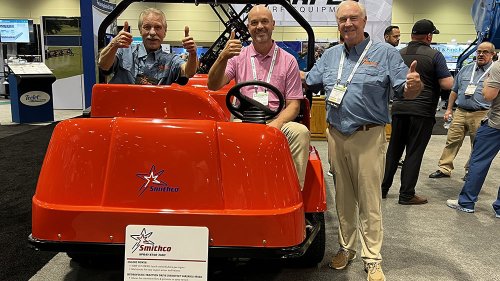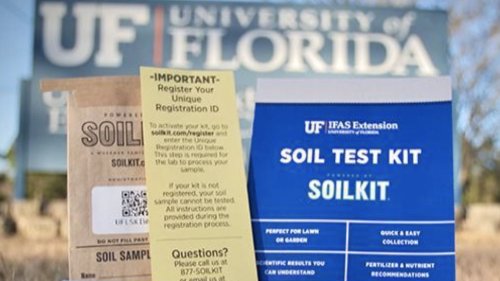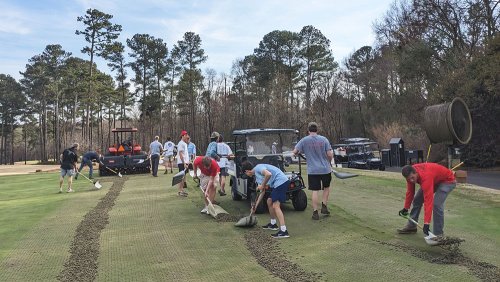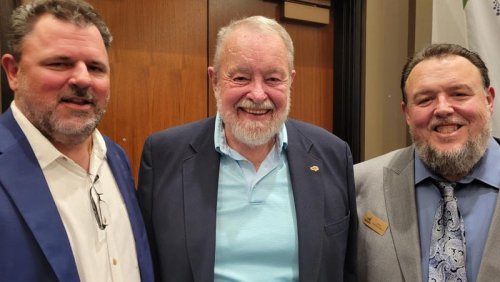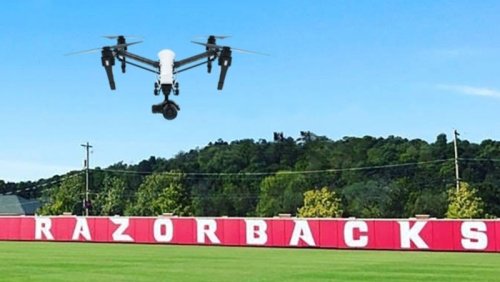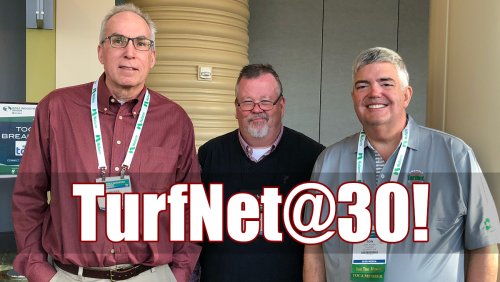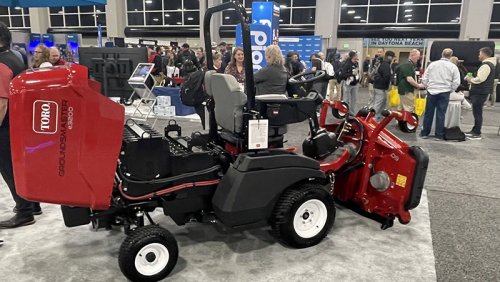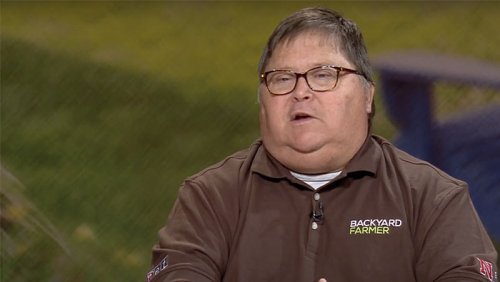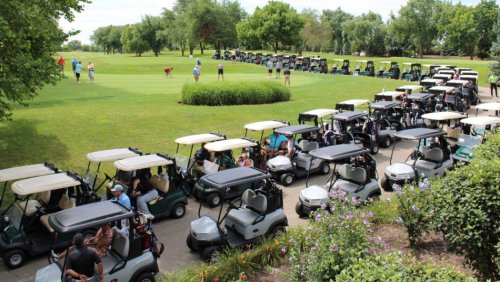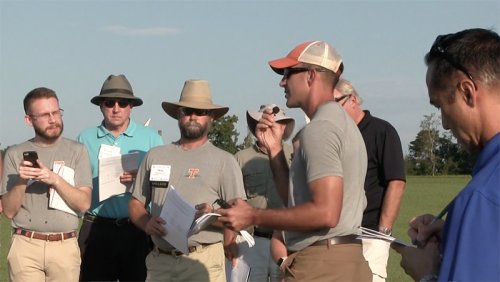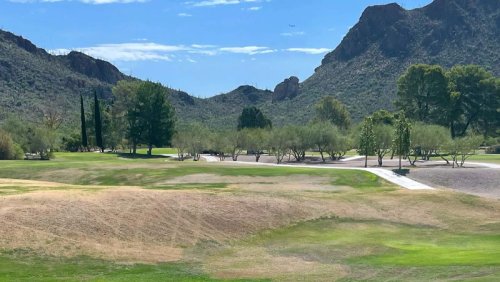

Audubon International, which recognizes environmentalism in golf, has added a fourth level to its Signature Sanctuary Certification program.
The Signature Sanctuary Certification program was created at the Bronze, Silver and Gold level for golf properties under renovation or new developments committed to sustainable practices.
Audubon International's new certification level goes off the golf course. The Signature Sanctuary Platinum Certification was created to cover entire resort properties, including golf course and maintenance structures and systems as well as sustainable lodging and sustainable hospitality in the clubhouse.
"The Signature Sanctuary Platinum Certification level provides an opportunity to have an all-encompassing certification for a property," said Kat Welch, Audubon's Signature Sanctuary Certification director, in a news release. "The nice part about Signature Platinum level is that it is a single title, encompassing multiple certifications, which is easier for the public or the client to understand and appreciate."
The Green Lodging and Green Hospitality programs currently have 130 full-service certified resort members with sustainability goals that include but are not limited to the golf course.
"If a resort is established and operating, but undergoing a renovation to only the golf course, it can still be a candidate for Platinum, because the Green Lodging and Green Hospitality Certifications were designed for existing properties," Welch said. "If it's a totally new construction, we look for the criteria to be built into the architectural plan."
For golf course grounds and structures including cart barns and maintenance buildings, Platinum Certification adds a new level of requirements to the process. For example, native plantings must occupy 90% of out-of-play acreage, compared with 75% on the Gold Level.
- Read more...
- 1,353 views

